November 2015 – BAB HAS UNFORTUNATELY CLOSED
Porteños have two real edible love affairs: beef and barbecue. While it’s true that the majority of locals keep a fairly conservative diet, thanks to a changing food scene and eaters with more adventurous palates, Korean cuisine makes for a logical winning equation. With a personal parrilla grilling up high quality cuts of locally sourced beef and pork, BAB Cocina Coreana is one of the first spots with authentic Korean food to cater to Argentines.  Belén Jung, born in Seoul, South Korean, came to Buenos Aires as a little girl, but grew up living in both Argentine and Korean worlds. She was raised in Barrio Coreano in Flores, and spent most of her life eating both kimchi and dulce de leche. With the help of her family, the 25 year old Graphic Design student wanted to dabble in the gastro world, and took over her family’s restaurant to manage BAB. She has a clear goal: become an ambassador to Korean cuisine, showing Argentines what Korean food is all about, and help bring it more into the mainstream.
Belén Jung, born in Seoul, South Korean, came to Buenos Aires as a little girl, but grew up living in both Argentine and Korean worlds. She was raised in Barrio Coreano in Flores, and spent most of her life eating both kimchi and dulce de leche. With the help of her family, the 25 year old Graphic Design student wanted to dabble in the gastro world, and took over her family’s restaurant to manage BAB. She has a clear goal: become an ambassador to Korean cuisine, showing Argentines what Korean food is all about, and help bring it more into the mainstream. 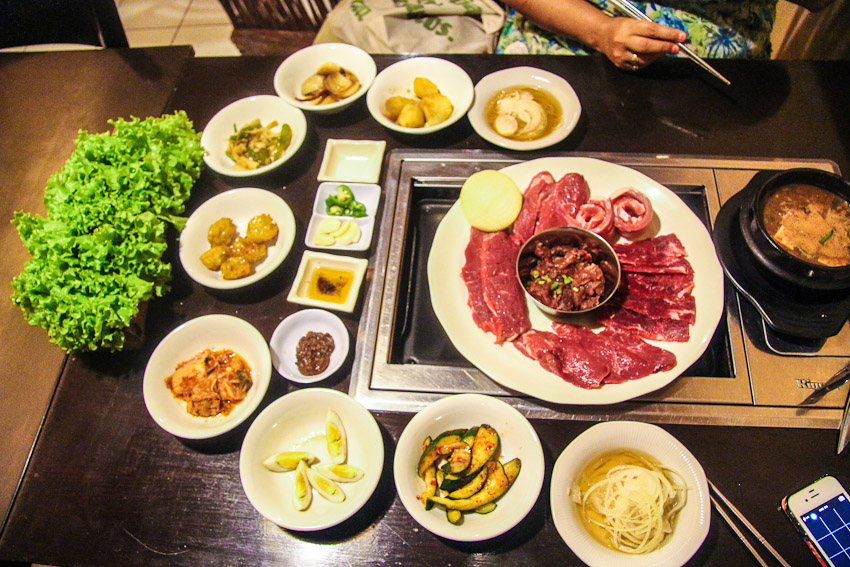 In Korean, the word “bab” has a few different meanings. It can be directly translated to “food” and “rice”, and is even a popular what’s up greeting that literally translates to “have you eaten?” Unlike other Korean BBQ restaurants that charge one cover price and include unlimited meat, BAB does things a bit differently.
In Korean, the word “bab” has a few different meanings. It can be directly translated to “food” and “rice”, and is even a popular what’s up greeting that literally translates to “have you eaten?” Unlike other Korean BBQ restaurants that charge one cover price and include unlimited meat, BAB does things a bit differently. 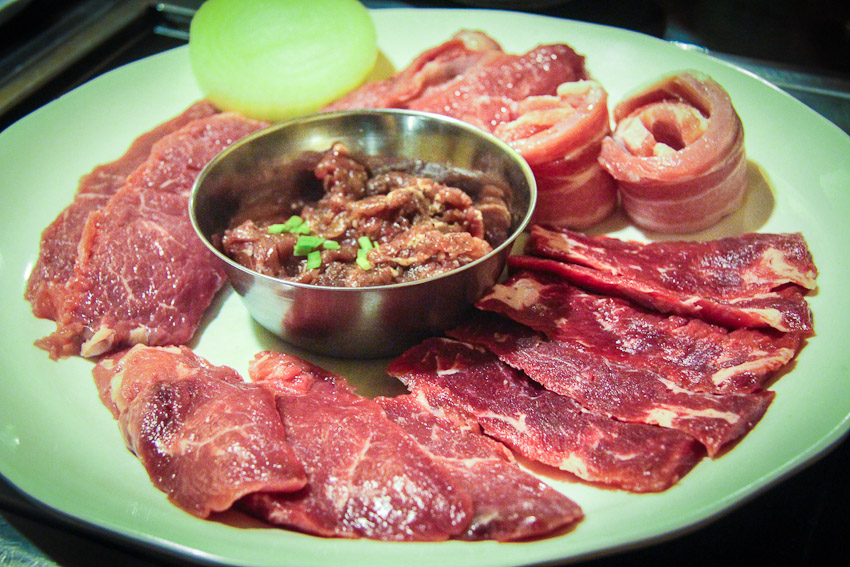 At night, the menu consists of the grill-yourself-tableside deal, but clients can choose the portion size and which meats they want: skirt steak (anchangsal), prime rib roast (cotdungsim), pork, 3 different kinds of pork belly (samgyeopsal) , or a combination platter (modumguhi). Koreans don’t eat on the late Argie schedule – dinner begins early here at BAB with the kitchen opening at 5:30pm and closing by around 9:30pm — a refreshing change up once in a while and good early dinner alternative.
At night, the menu consists of the grill-yourself-tableside deal, but clients can choose the portion size and which meats they want: skirt steak (anchangsal), prime rib roast (cotdungsim), pork, 3 different kinds of pork belly (samgyeopsal) , or a combination platter (modumguhi). Koreans don’t eat on the late Argie schedule – dinner begins early here at BAB with the kitchen opening at 5:30pm and closing by around 9:30pm — a refreshing change up once in a while and good early dinner alternative. 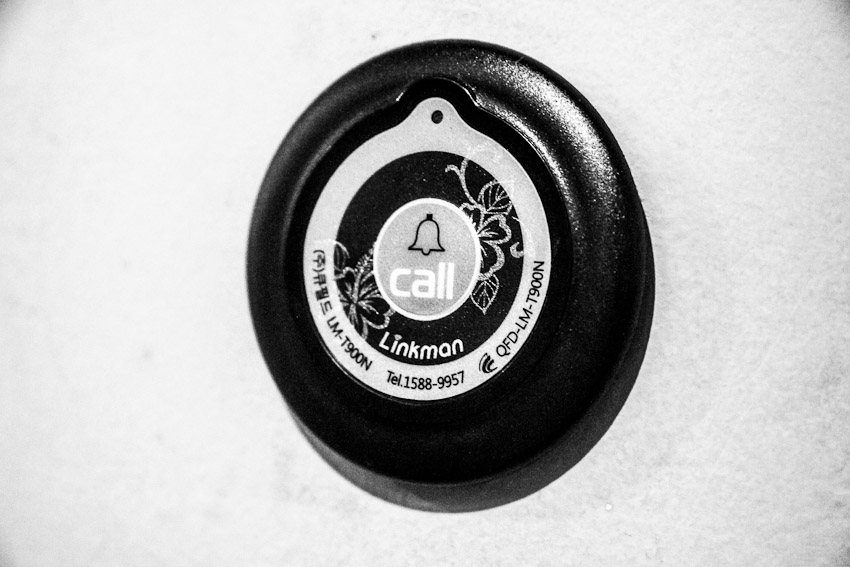 The barbecue comes with an unlimited yet a reduced amount of banchan (the Korean mini side dishes), rice and soup. When you want more, need something else, or in the mood to annoy, you simply press the buzzer on the wall next to your table and the mozo will magically appear.
The barbecue comes with an unlimited yet a reduced amount of banchan (the Korean mini side dishes), rice and soup. When you want more, need something else, or in the mood to annoy, you simply press the buzzer on the wall next to your table and the mozo will magically appear. 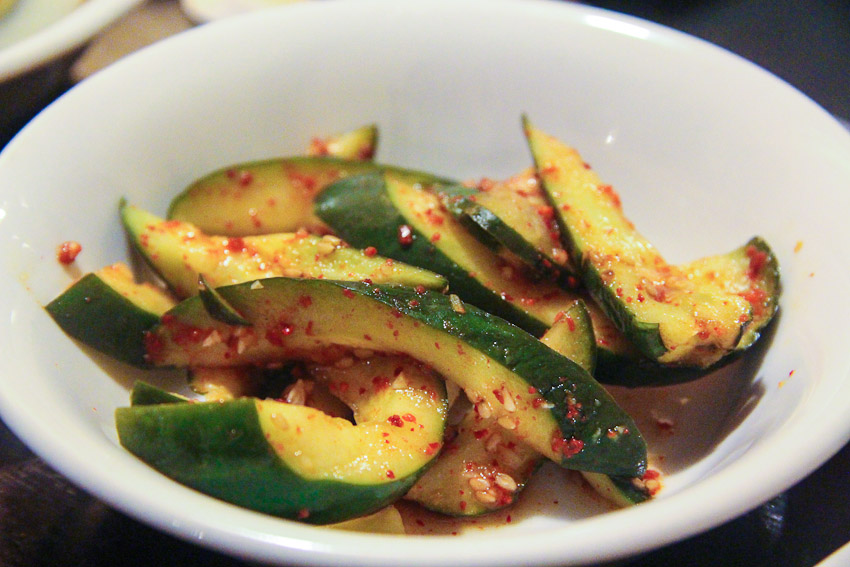
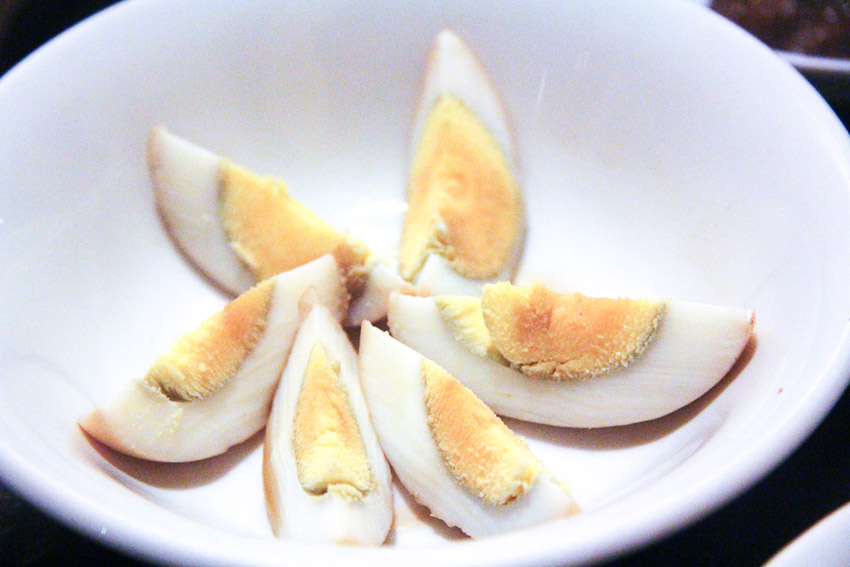

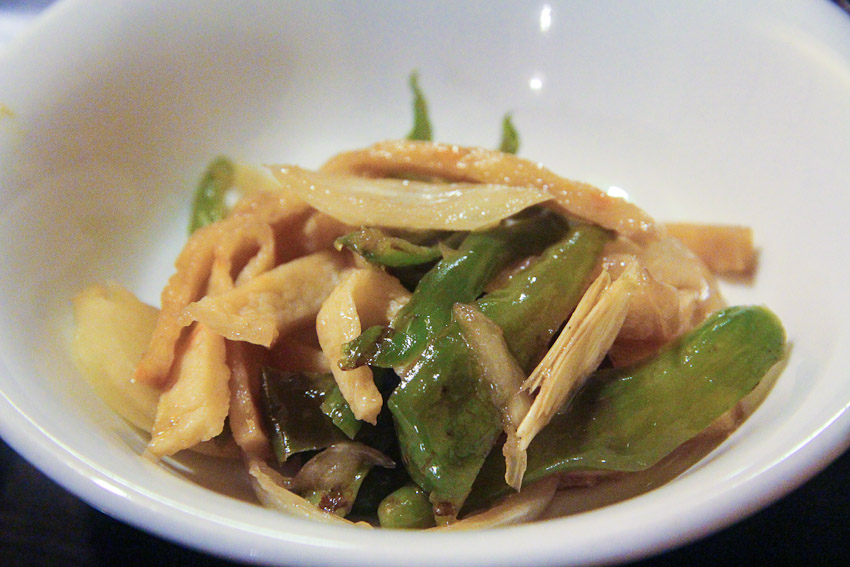

 The banchan changes frequently, but this came with kimchee pickles, hardboiled fried egg, fried sweet potato sweet, tofu, sweet-spicy onions, and a Korean-like miso soup. I’d like to see more of a variety as I wasn’t crazy about several of the more simple platitos (vinegar onions, grilled onions, potatoes and hardboiled egg).
The banchan changes frequently, but this came with kimchee pickles, hardboiled fried egg, fried sweet potato sweet, tofu, sweet-spicy onions, and a Korean-like miso soup. I’d like to see more of a variety as I wasn’t crazy about several of the more simple platitos (vinegar onions, grilled onions, potatoes and hardboiled egg). 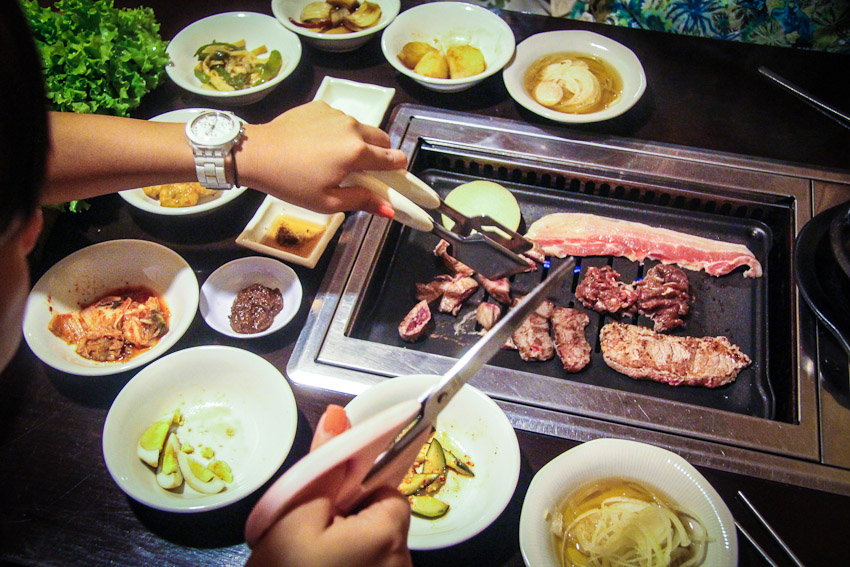 First timers may need a lesson in grilling techniques, cooking times, and flavor combinations, but any seasoned asador will pick it up quickly. The idea behind BAB is to focus on the meat — only source super high quality cuts.
First timers may need a lesson in grilling techniques, cooking times, and flavor combinations, but any seasoned asador will pick it up quickly. The idea behind BAB is to focus on the meat — only source super high quality cuts.  BAB also serves a separate lunch menu, and a number of soups and other traditional Korean dishes. Probably my all time favorite, especially in the summertime, is the Naengmyeon. It’s a crazy cold mother of a soup unlike anything I’ve ever tasted. Beef broth is frozen up, almost to a slushy consistency, and served with handmade sweet potato noodles, a hardboiled egg, Korean miso, pickled daikon, gochujang spicy chili paste, and spicy mustard sauce.
BAB also serves a separate lunch menu, and a number of soups and other traditional Korean dishes. Probably my all time favorite, especially in the summertime, is the Naengmyeon. It’s a crazy cold mother of a soup unlike anything I’ve ever tasted. Beef broth is frozen up, almost to a slushy consistency, and served with handmade sweet potato noodles, a hardboiled egg, Korean miso, pickled daikon, gochujang spicy chili paste, and spicy mustard sauce. 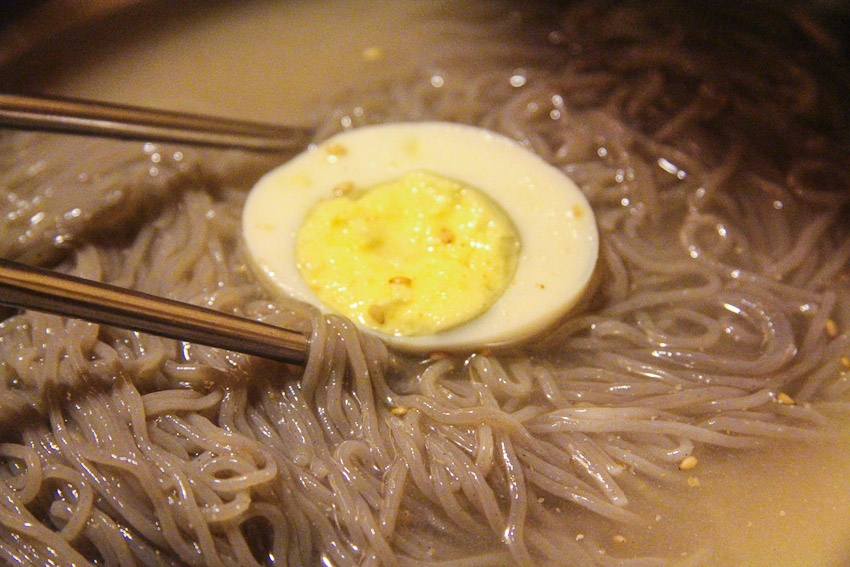 It rivals Japanese soba noodles and it’s utterly awesome.
It rivals Japanese soba noodles and it’s utterly awesome. 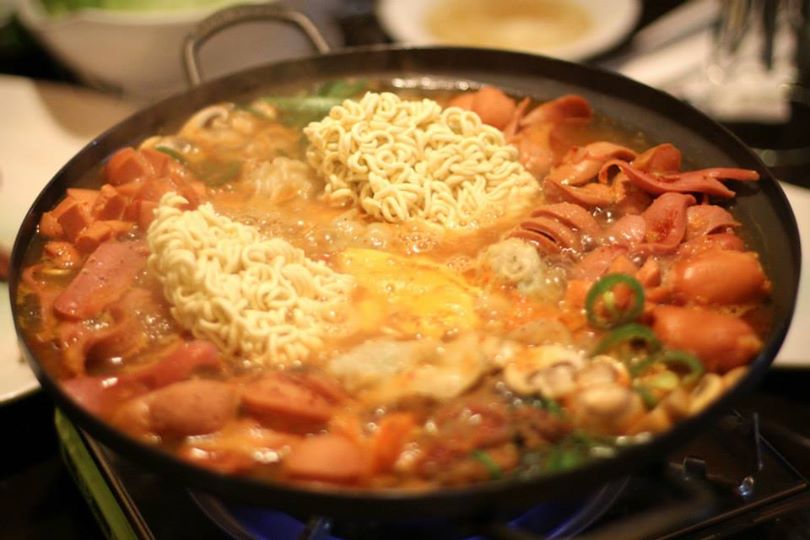 The winter is ideal for other belly warming spicy soups, like bude jjigae, which can be compared to a guiso picante, or stew, with a broth (that has some kick) and filled with pork, tofu, kimchi, dumplings and ramen noodles. (Photo: BAB)
The winter is ideal for other belly warming spicy soups, like bude jjigae, which can be compared to a guiso picante, or stew, with a broth (that has some kick) and filled with pork, tofu, kimchi, dumplings and ramen noodles. (Photo: BAB) 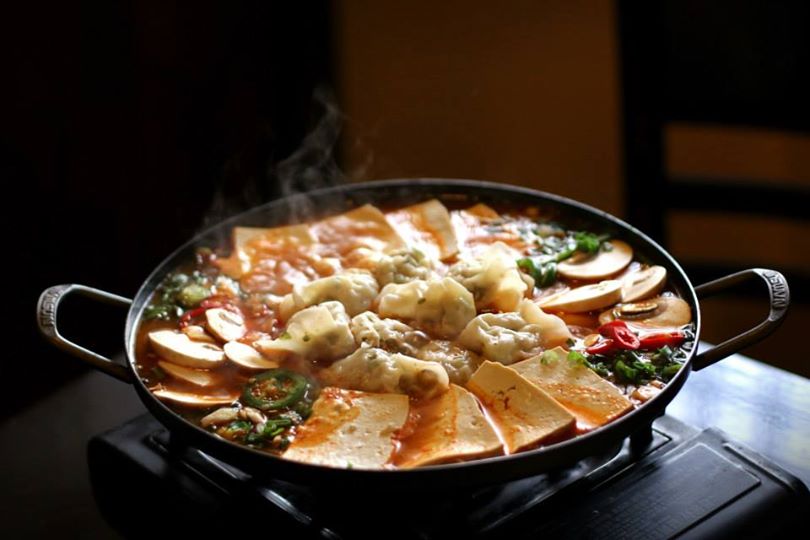 The mandu jeongol is like an estofado with dumplings, kimchi, beef broth, mushroom, tofu and vegetables. The soups can serve 2-4 people. (Photo: BAB)
The mandu jeongol is like an estofado with dumplings, kimchi, beef broth, mushroom, tofu and vegetables. The soups can serve 2-4 people. (Photo: BAB) 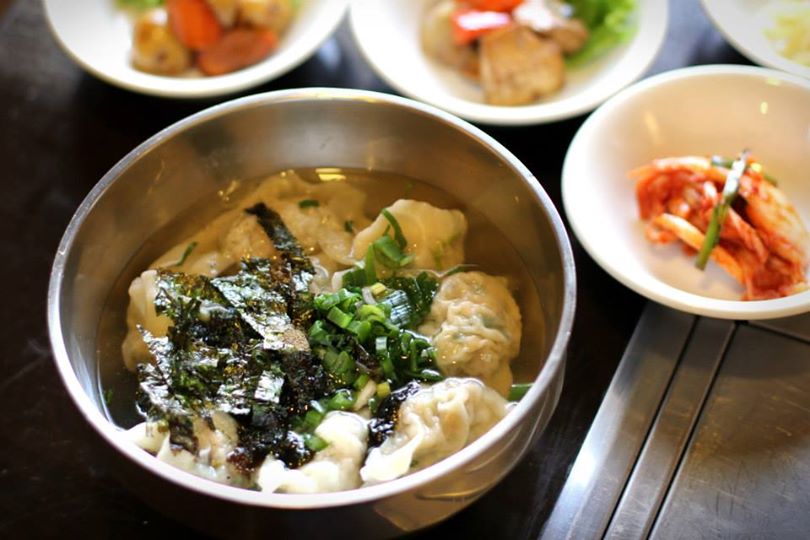 Mandutguk is a simple mandu (dumpling) soup. (Photo: BAB)
Mandutguk is a simple mandu (dumpling) soup. (Photo: BAB) 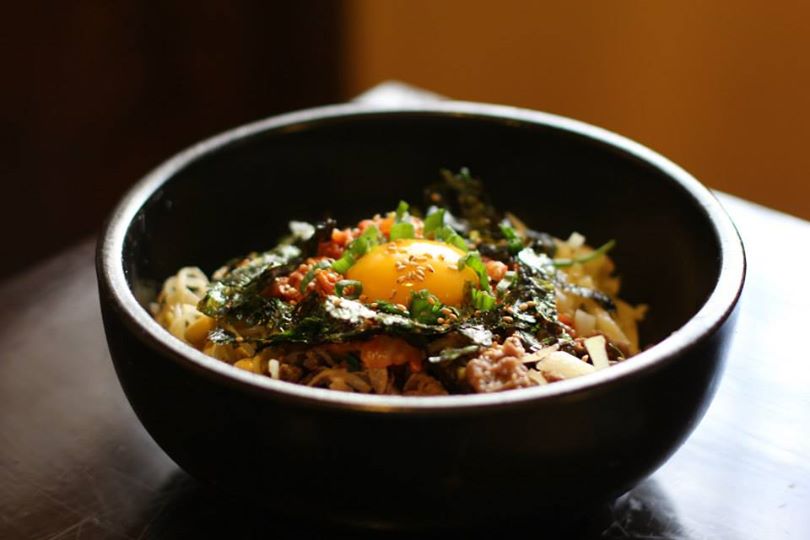 Another dish to order off the menu is Kimchi Dolsot Bibimbap, served in a hot stone bowl with rice, egg, vegetables, beef and kimchi. It’s spicy, filling, warming and wonderful. (Photo: BAB)
Another dish to order off the menu is Kimchi Dolsot Bibimbap, served in a hot stone bowl with rice, egg, vegetables, beef and kimchi. It’s spicy, filling, warming and wonderful. (Photo: BAB) 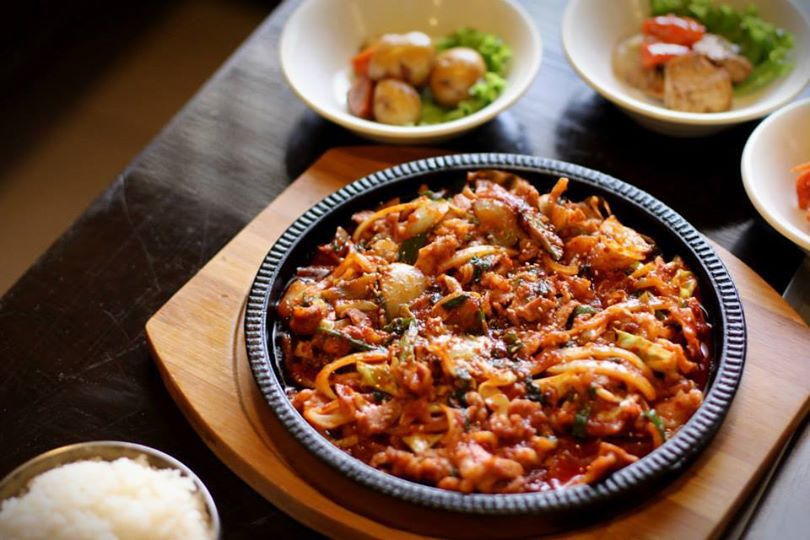 I’m also a serious sucker for the jeyuk bokkeum, spicy barbecued pork.
I’m also a serious sucker for the jeyuk bokkeum, spicy barbecued pork. 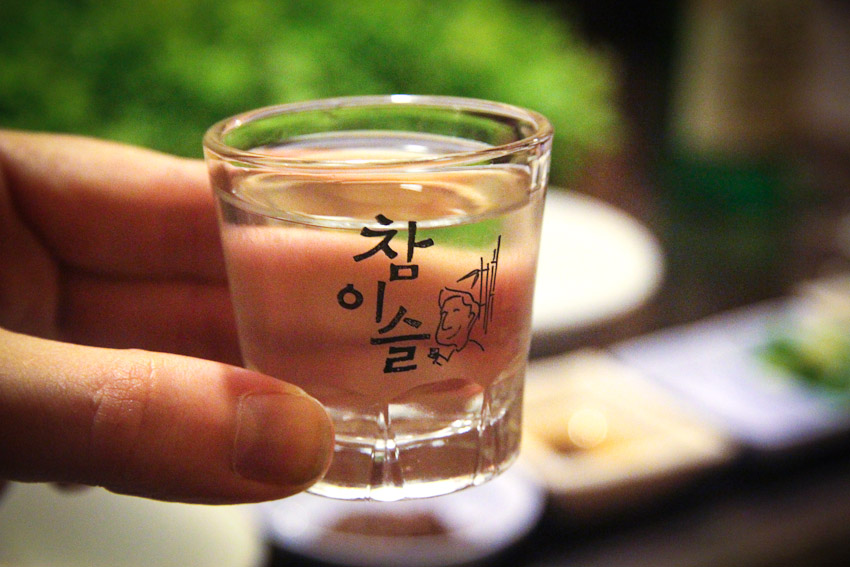 Especially when washed down with soju.
Especially when washed down with soju. 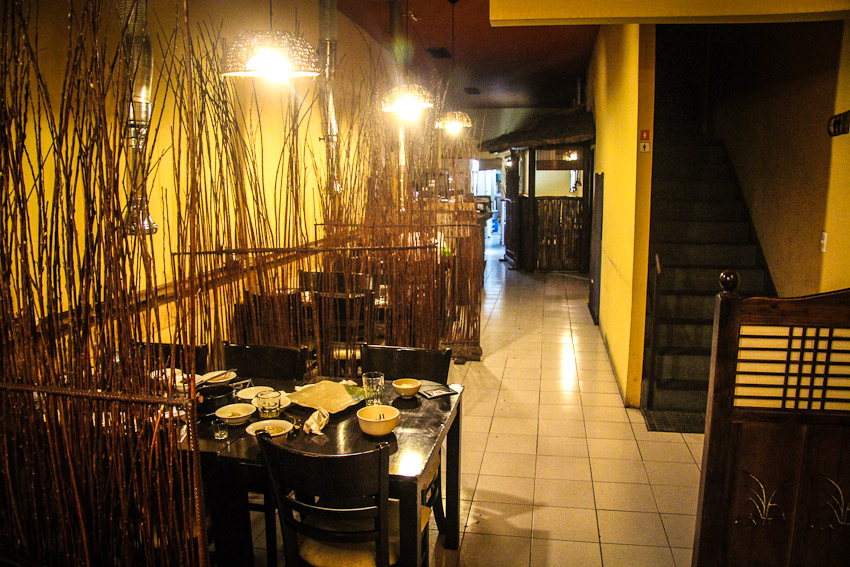 The space is slightly hidden near the Avelleneda y Nazca outlet shopping central and during lunchtime quite a bustling neighborhood. After 8pm, the street turns desolate — so if you don’t go early this could turn into a sketchy hike and major con. Oh, if only they would open in a more central area — they’d absolutely kill it. Since BAB just re-opened under new management and concept, they will have some kinks to work out like limited drinks, slowish service, and clear menu explaining, etc. But with such a great passion for Korean culture, and the desire to open their tight-knit community and share customs with local Argentines, it makes the trip well worth it.
The space is slightly hidden near the Avelleneda y Nazca outlet shopping central and during lunchtime quite a bustling neighborhood. After 8pm, the street turns desolate — so if you don’t go early this could turn into a sketchy hike and major con. Oh, if only they would open in a more central area — they’d absolutely kill it. Since BAB just re-opened under new management and concept, they will have some kinks to work out like limited drinks, slowish service, and clear menu explaining, etc. But with such a great passion for Korean culture, and the desire to open their tight-knit community and share customs with local Argentines, it makes the trip well worth it. 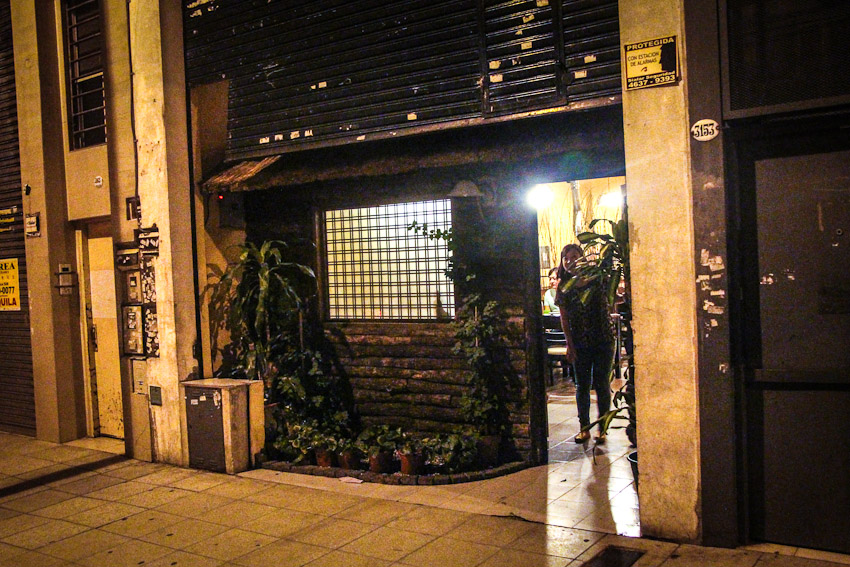 BAB: Cocina Coreana
BAB: Cocina Coreana
Morón 3155, Flores
Tel: 4637-1200
Hours: Monday – Sat: 12pm -3pm, Mon-Sun 5:30pm – 10pm
Average price: $200 pesos per person
Fun fact: Buenos Aires has a large Korean population with a good number of solid Korean restaurants. Even though the city’s top restaurant guide, Guía Oleo, lists a mere 14 restaurants, my inside Korean sources tell me there are more close to 65 Korean eating holes, most of them quite traditional and many community member houses. Stay tuned for a complete guide and low down on Barrio Coreano…
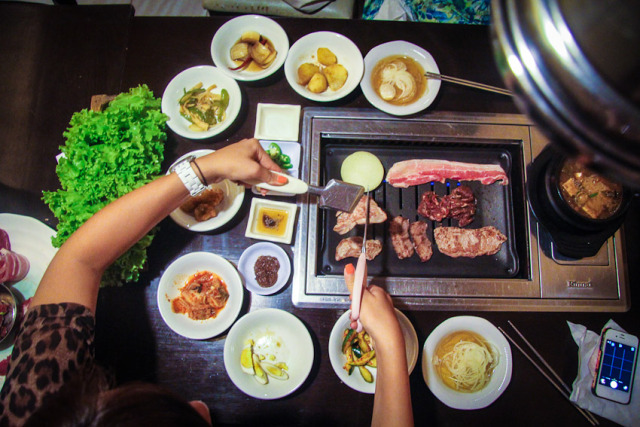
Julio says
We ended up going to azit the next street over where the specialty is Korean fried chicken. You should try it.
Julio says
This restaurant no longer exists. It either closed down or moved.
Bruno says
They moved to much better venue closeby. Look them up in Facebook
noruegaenargentina says
I miss Korean food – I used to live in Washington DC for a long time and going to Annandale for Korean food (and karaoke!) was a favorite pasttime of mine…
Anonymous says
Can´t wait to go! Thanks!
Do you know the difference between Flores and Floresta? says
Flores is spookier than North Korea. But this looks good.
mrodcan says
Great Post!!! PS: It’s Flores :)
nicosandller says
Will def try it.